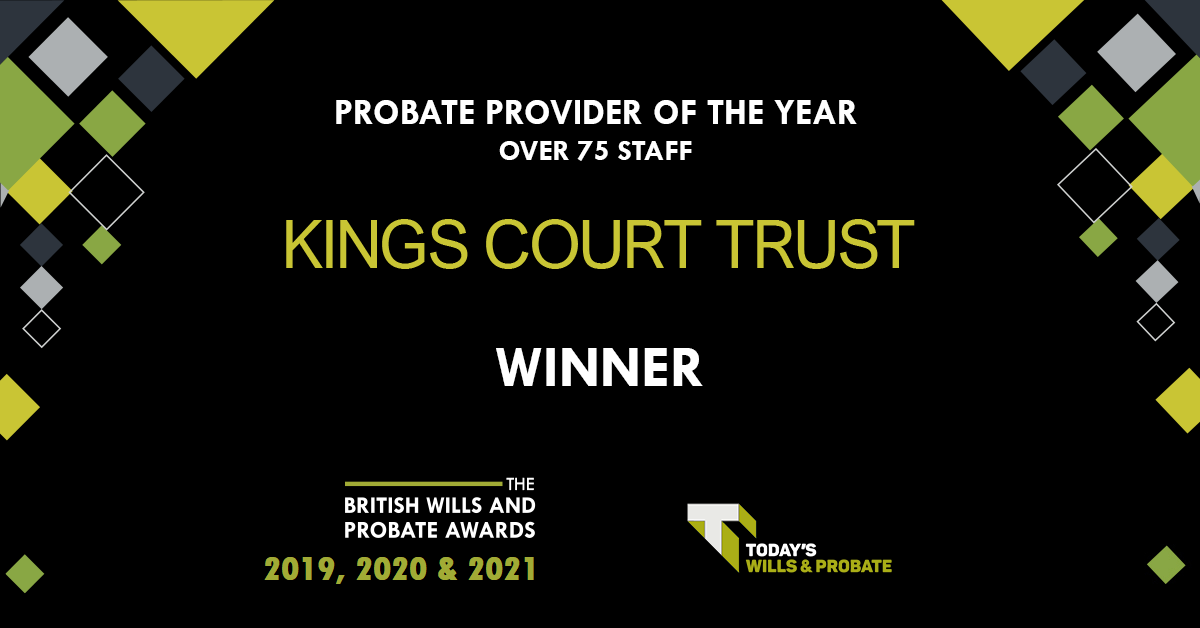Dealing with overseas assets can give even the most patient executor a continent-sized headache. Nicholas Beetham looks at how Kings Court’s in-house expertise calmly deals with an element of estate administration whose frequency is on the increase.
At Kings Court Trust, we administer about 500 estates a year and it’s interesting to plot how the general complexion of estates changes over time and how we address the challenges that come up along the way.
Increasingly, people own assets outside the UK. Perhaps a holiday home in, say, continental Europe or the US. If so, there will almost always also be a local currency bank account on the ground in the country in question. If not a second home abroad, many estates own shares traded on overseas stock markets. How to deal with foreign land, and the local currency bank accounts, will be the subject of future articles. For now, we’re going to look at how to deal with shares traded on the US stock market.
How the situation arises
If an estate we’re working on contains US shares, it’s sometimes as a result of accident, rather than design. People have often acquired shares in companies traded on the London stock exchange which, for one reason or another, have ended up being traded on the US market instead. A good example is Cadbury Schweppes plc which was a more-or-less permanent presence in the FTSE-100 from the index’s creation in 1984 to the company’s takeover by Kraft Foods of America in 2010. It was known as Cadbury Schweppes plc from 1969 until 2nd May 2008 when it demerged, creating two daughter entities: Cadbury plc, whose shares traded on the London stock exchange; and its drinks business, Dr Pepper Snapple Group Inc, traded in New York.
How to deal with it
As anyone who’s dealt with an estate containing US shares will tell you, dealing with American transfer agents and tax authorities can be very time-consuming and extremely frustrating - if you don’t know your way around the system. However, even though a real challenge to the uninitiated, and fortunately for our clients, we have a great deal of in-house experience in dealing with overseas assets of whatever sort in just about any country you can name.
Assuming the US portfolio is correctly and completely identified (we’ll examine this point in a future article), you will need the shareholder’s death certificate and a court sealed copy of the grant dated no later than the transfer agent’s requirements - if the grant is older than 60 days, some transfer agents will regard it as out of date and reject the entire bundle. To be safe, it makes sense to have it exemplified. This just means having the District Probate Registrar stamping it to the effect that he is unaware of any reason why the grant should not still be valid for the purposes for which it was issued. The effect of having the grant exemplified is that the transfer agents will regard it as brand new and proceed accordingly.
You’ll also need the share certificates, unless you’re dealing with a dematerialised holding, in which case you’ll need a transfer form (known in the US as a stock power). The reverse will need to be completed and have the Barcoded Medallion Guarantee affixed. The Barcoded Medallion Guarantee is a stamp which indemnifies the transfer agent against transferring the shares to the wrong person. Obtaining it is a fundamental part of the process and Kings Court is one of the very few places you can get them in the UK. If the shareholding is not dematerialised, but the certificates are lost, you’ll need a thing called a Surety Bond – broadly, a replacement share certifcate. These go for about 3% of the value of the shares in question.
You will also require notarised affidavits (i) of the deceased’s domicile and (ii) that the entire US estate did not exceed US$60,000 at the date of death. Other US formalities include completion of form W-8BEN (which establishes that one is a non-US resident alien) and, if the US estate was over US$60,000 at the date of death, form IRS 706NA (a statement of assets comprised in the US estate (the Dr Pepper shares in our example) , relevant value at date of death and tax payable to the IRS). This can cause the unwary difficulties because, assuming IHT has been correctly paid in this country (and the English grant is evidence), and your deceased is eligible to be brought within the terms of the dual taxation treaty between the US and these shores, the 706NA can be treated as a nil return - although it still requires completion.
Timescale
Allowing for the vagaries of the system, and assuming there’s no US tax point to address, the shares ought easily to be transferred in eight to 12 weeks.
Conclusion
Given the inconsistencies of the global stock market and the regular occurrence of corporate mergers and acquisitions (just have an occasional look at the business pages of any newspaper), anyone who buys shares today is unlikely to have the same shares in a year or two’s time. A portfolio, left to its own devices, will inevitably change in shape and complexion. Our expertise is to anticipate and deal with these elements of estate administration before they become problematic.





%20A4%20PNG.png?width=89&height=118&name=AGFD%20Logo%20%2B%20(R)%20A4%20PNG.png)

